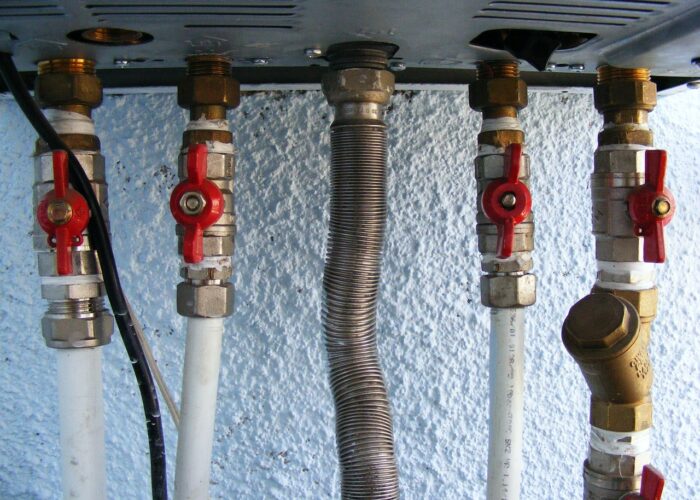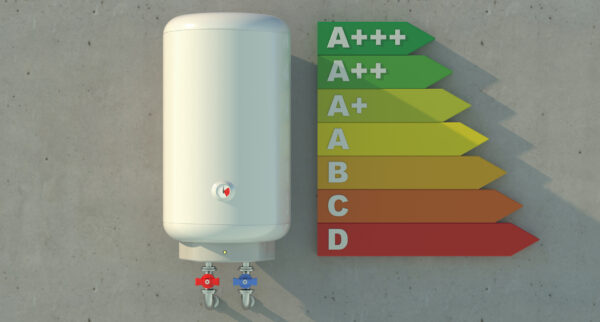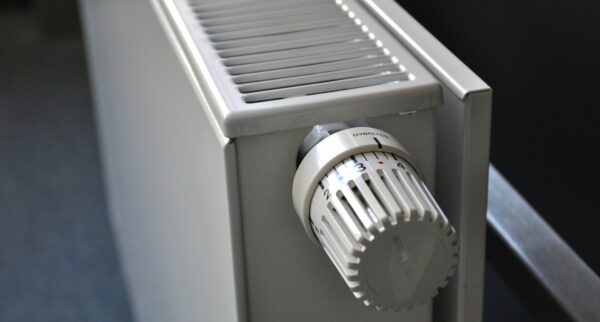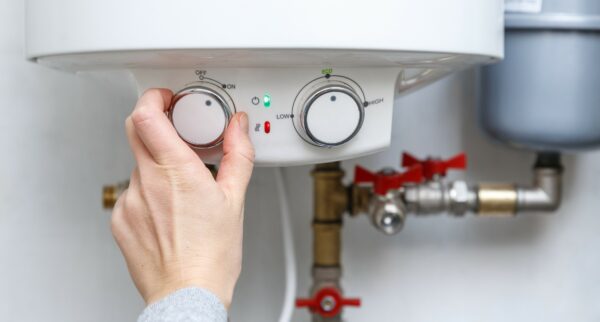Call us today 0207 32 32 999
We take our central heating systems for granted, scarcely giving them a second thought if everything is working properly. We assume the house will be nice and cosy when we get home on a chilly evening and there’ll be loads of hot water for deep baths and washing up.
Did you know your central heating system is under pressure, so you can rinse the plates in hot water in the sink? This means that if the pressure is too high, or too low, your system won’t work properly.
In this article, we will provide a few hints concerning what to do if the pressure is on the high side. But first a word of caution: You should not adjust your boiler controls unless you are a fully qualified, Gas Safe technician.
A boiler is a natural gas appliance and should only ever be worked on by those on the Gas Safe Register.
Table of Contents
ToggleWhat’s Should Boiler Pressure Be?
It’s a good idea to make a habit of checking your boiler pressure regularly. As long as the needle is in the green zone when it’s turned on, you should be okay. If not, you may need to find a gas-safe technician who can fix the problem before it fails completely.
- If the pressure is below the green zone, then your boiler can’t work as it should. The hot water will circulate more slowly and be cooler by the time it reaches the radiators, bathrooms, and kitchen.
- If the boiler pressure is too high, then it will be above the green zone this means the pump is working harder than it should and putting unnecessary pressure on the pipes and joints behind the walls and under the floor,
The latter is a potentially more serious matter in the short run. Hence we wrote this article to tell you what to do if the pressure is too high. However, we will also touch on what to do if the boiler pressure is too low.
That way, you’ll have all the information about boiler pressure in one place and at your fingertips if you check the reading and find that the boiler temperature is too high.
How Central Heating Works
Your boiler controls the temperature of the water in your radiators and the hot water coming from your taps. Boiler pressure refers to the flow of water circulating through your radiators. Water pressure, on the other hand, is the strength of water flowing through the taps.
- If you have low boiler pressure, the entire system could trip and your radiators will start to cool quite rapidly depending on room temperature
- If the boiler pressure is too high you could strain the system to fail and have a burst pipe leaking somewhere in the house
The green zone on your boiler gauge is thus the safety range where neither of these is likely to happen, and that’s our goal for today.
How to Adjust the Pressure on a Boiler
The correct boiler pressure is anywhere between 1 and 2 bar, or if you prefer 14 and 29 pounds per square inch (psi). Fortunately, boiler makers provide us with a simple graphic on the front control panel, so we don’t have to remember the numbers.
Your Boiler Pressure is Too High: How to Lower Boiler Pressure
While boiler pressure may fluctuate a little, you need to consult a Gas Safe technician if it moves above 2 bar or 29 psi. There are a few simple things that an engineer will try, in order to adjust boiler pressure quickly.
This strategy is not directly gas-related so you could possibly DIY it. However, you should definitely not attempt the following tasks if you are unsure about what you are doing, or find the work difficult in any way.
1. Drain Out Some Water
Your boiler pressure may be too high because there is too much water in the system. This is of course assuming the pump is working to specification but it may be a good place to start.
- Turn off your boiler a few hours before you plan to do the job to allow it to cool down completely. This is very important because hot water can cause burns.
- Locate the drain point on a convenient radiator usually at the bottom of the device and have a plastic bowl handy to catch the water.
- Open the drain gradually using your isle-of-man key or lockshield device and catch the liquid in a plastic basin.
- Have an assistant standing by at the boiler to observe the pressure gauge falling until it is within the green range. Close the drain point firmly.
If you let out too much water, don’t worry. Scroll down and we’ll tell you how to put some back.
2. Bleed All the Radiators in the System
Having air accumulated at the top of a radiator reduces the space for the water and increases system pressure. Again, this may be something you can do yourself but never take a chance.
- Turn off your boiler a few hours before you want to do the job to allow it to cool down completely. This is very important because hot water may cause burns.
- Locate the bleed point on the first radiator usually at the top of the device on one side and have a dry cloth and container handy to catch the water.
- Open the bleed valve gradually using your radiator key. Some bubby air will come out as well as some water.
- When the flow steadies, close the bleed valve firmly. Continue with the other radiators until the gauge is within the green range. Remember to close each drain point firmly.
If you let out too much water, there’s no need to worry. Scroll down and we’ll tell you how to put some back.
The air in your radiators most likely comes from the boiler pump aerating the water. If you find yourself having to bleed your radiators more than once a year you may have a deeper-seated problem, requiring investigation by a Gas Safe engineer.
How to Adjust Boiler Pressure If It’s Too Low
Your boiler should be running normally except the gauge is reading below 1 bar, or 14 pounds per square inch (psi). First, find the topping-up link on your boiler. This may be an external, keyed, or keyless type.
Open the valve slowly while observing the pressure gauge carefully. You should hear water flowing in as the gauge rises to above 1.1 to 1.2 psi. Stop at this point. As the new water heats it will expand and raise the overall water temperature further.
You should only need to do this once or twice a year. If the pressure in your boiler system keeps falling there’s a possibility you have a water leak somewhere. If this is the case, we recommend you find a gas safe engineer who will be able to adjust the boiler pressure safely.
Contact us for more information on how to repressurise your boiler.





